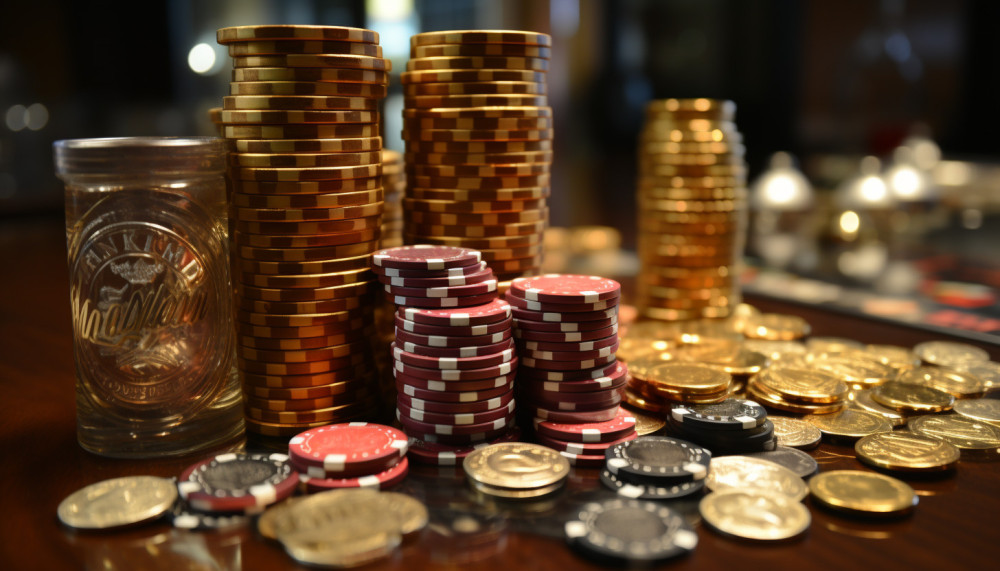Table of contents
All candlestick models involved in the technical analysis of cryptocurrencies fall into two categories. These are continuation and trend reversal models. However, when you use graph models to exchange cryptos, the main purpose is to distinguish the different models and identify them once they are formed. In this article, you will discover some trend reversal models to effectively trade the cryptocurrency market.
The Inverted Hammer Candlestick Model
The hammer is a bullish candlestick reversal model that appears at the bottom of a downtrend. The hammer is usually formed when the opening price and closing price of the cryptographic asset remain almost the same over a given period.. For more information, see candlestick patterns on PatternsWizard.
Another variant of the bullish hammer is the inverted bullish candle, which signals a bullish reversal. As its name suggests, the candle formed is an inverted hammer, with a long upper wick and a small body.
The Doji Candlestick Model
The word “Doji” is derived from a Japanese term meaning “error”. This is a candlestick model that looks like a cross with a tiny difference between the opening and closing courses. A Doji candle is formed when buyers try to raise prices while sellers drop the higher price and push it away simultaneously. As an autonomous candle, a Doji is a sign of bullish indecision in the market. But it can be the sign of an impending reversal when considered with the dominant tendency.
The Marubozu Candlestick Model
The Marubozu candlestick model has a large real body and no wicks. As the wicks indicate a counterforce, their absence of the formation of candles suggests the strength of the current market movement, reinforcing the dominant trend.
There are two interpretations for each type of Marubozu (top and bottom) in different trends:
In an Uptrend
-when coloured in green, it indicates the permanence of the current trend and the great strength of the movement;
-however, when it is coloured red, it means the strength of the sellers in an attempt to reverse the trend.
In a Downtrend
-green when formed in a bearish movement indicates the strength of buyers and the reversal of the upward trend;
-the red, in the same type of trend, indicates the continuity of the movement.











































